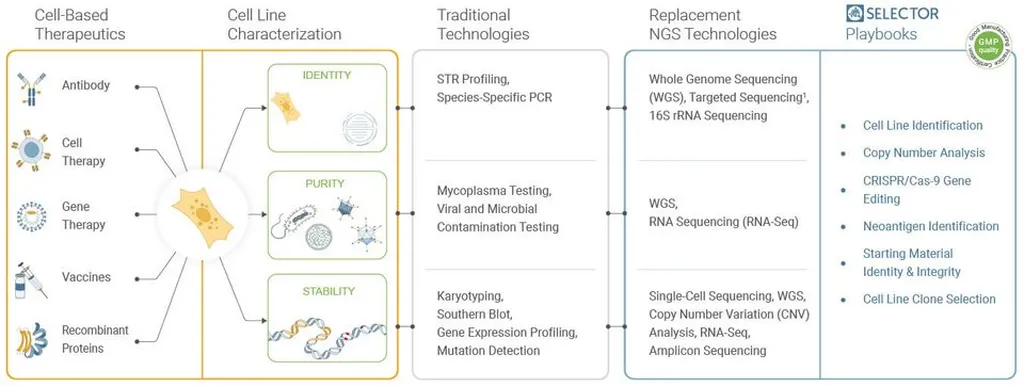In the relentless pursuit of advanced materials for next-generation electronic devices, researchers have often faced a significant hurdle: the lack of rapid, non-destructive characterization methods. However, a groundbreaking study led by Ziru Wang from the Department of Applied Physics at The Hong Kong Polytechnic University has introduced a novel approach that could revolutionize the field. Published in the journal *Materials Genome Engineering Advances* (translated from its original Chinese title), this research presents a high-throughput characterization method using dielectric resonant spectroscopy to extract critical electrical and phonon properties of materials.
The study focuses on deriving essential parameters such as conduction electron frequency, quantum relaxation time, and phonon frequency for metals and semiconductors. “Our method allows for simultaneous extraction of carrier concentration and electron-phonon relaxation time, which is a significant advancement,” says Wang. This innovative approach not only accelerates the characterization process but also provides deeper insights into the fundamental properties of materials.
One of the most compelling aspects of this research is the establishment of a new relationship for n-type doped silicon: τe−p=C∗·T−1·n−1/3. Here, the true electron-phonon coupling constant C∗ is introduced for the first time, offering a more accurate understanding of electron-phonon interactions. “This relationship opens up new avenues for optimizing material properties for specific applications,” Wang explains.
The implications of this research are far-reaching, particularly for the energy sector. High-throughput screening of materials can expedite the development of more efficient electronic devices, which are crucial for renewable energy technologies. “By understanding the fundamental properties of materials at a deeper level, we can design devices that are not only more efficient but also more sustainable,” Wang adds.
The study’s methodology offers a significant advantage over traditional characterization techniques, which are often time-consuming and destructive. “Our approach is non-destructive and rapid, making it ideal for high-throughput screening,” Wang notes. This efficiency is particularly valuable in the energy sector, where the demand for advanced materials is ever-increasing.
As the world continues to transition towards renewable energy sources, the need for advanced materials that can enhance the efficiency of electronic devices becomes ever more critical. This research by Wang and his team represents a significant step forward in meeting this need, offering a powerful tool for the rapid and accurate characterization of materials.
In the broader context, this study highlights the importance of interdisciplinary research in driving technological advancements. By combining principles from physics, materials science, and engineering, Wang and his team have developed a methodology that has the potential to shape the future of the energy sector. As the world grapples with the challenges of climate change and energy sustainability, such innovations are not just welcome but essential.
The research published in *Materials Genome Engineering Advances* (originally titled in Chinese) underscores the global nature of scientific collaboration and the shared goal of advancing technology for the benefit of society. As we look to the future, the insights gained from this study will undoubtedly play a pivotal role in shaping the development of next-generation electronic devices, paving the way for a more sustainable and energy-efficient world.

